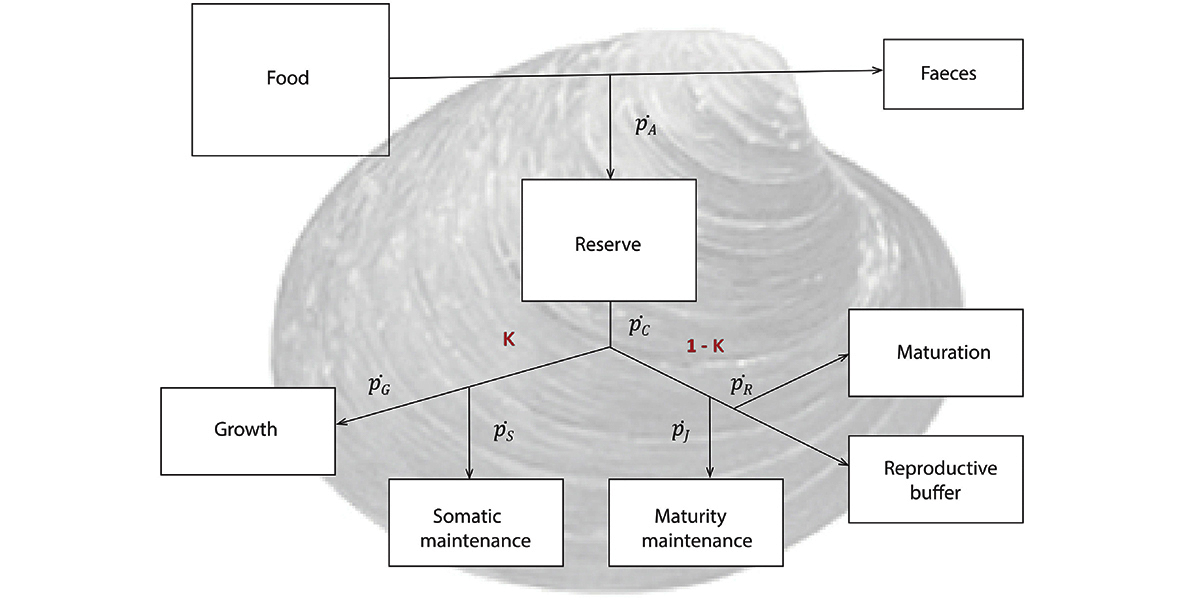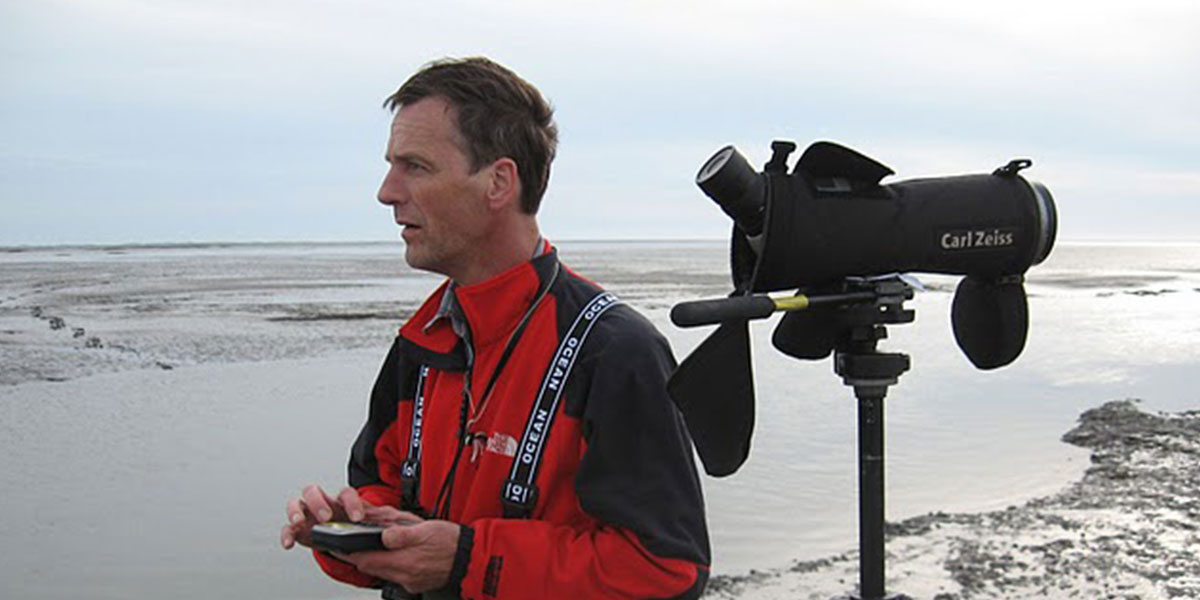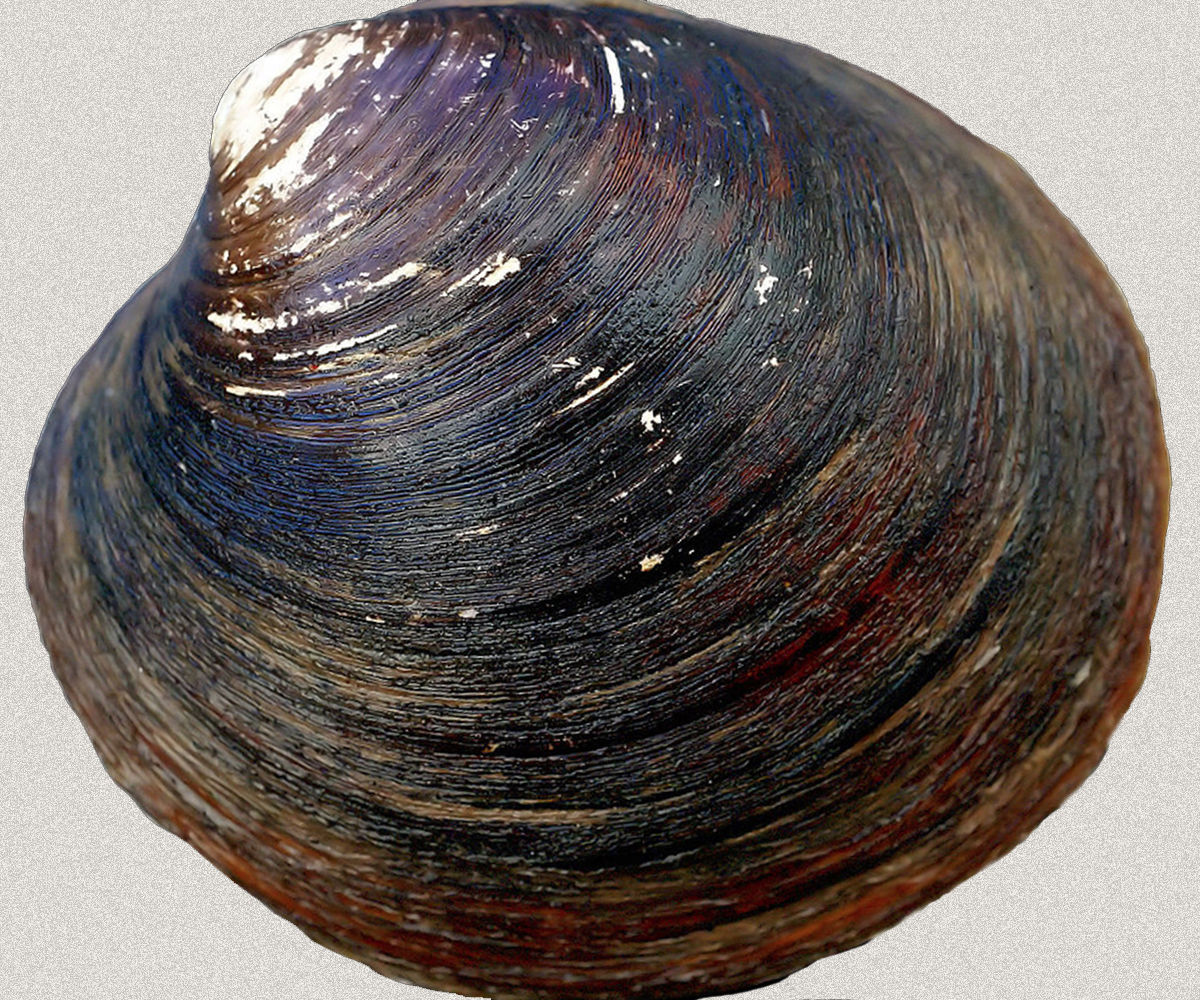Dynamic Energy Budget

DEB model
A standard DEB model (Dynamic Energy Budget) describes how an organism uses food to live in a changing environment. Using a DEB model, processes such as maintenance, growth, and reproduction are quantified as energy and mass fluxes (Fig.); for more details see supplementary material Box A.1, Van der Meer, 2006 and Kooijman, 2010). So far, DEB models have been successfully used to describe the energy allocation of 1250 species (AmP, 2018). The strength of the DEB theory is that differences between species are reflected in the differences between parameters values.
The most recent paper
The slow-growing bivalve Arctica islandica is one of the longest-living organisms on Earth, with a life span of up to five centuries. This species has a decrease in growth after the first ~20 years of its life exhibiting, as adults, one of the slowest growth rates reported among bivalves (values even <0.05 mm per year. A. islandica is widely distributed on both sides of the North Atlantic, where its populations exhibit geographical differences in shell shape, color, and growth rate. Moreover, A. islandica populations vary greatly in their maximum lifespan, from ~40 years in Kiel Bight (Germany) to 507 in Iceland. Most genetic and physiological studies indicate that such variations in growth and life span reflect a response to local environmental conditions rather than being a result of genetic differences. Previous studies on A. islandica showed that gaping activity, shell growth, and tissue growth were closely correlated with food availability and, to a lesser degree, with temperature. Limited food availability in winter (seasonal caloric restriction) and associated deep-burrowing and metabolic depression may be the keys to understanding this organism's long lifespan.
Here, we used the (DEB) theory to investigate whether variations in A. islandica growth and energy allocation can be explained in terms of environmental factors (i.e., food and temperature) and if there is an evident relationship between local food conditions and lifespan. We compare growth data from eight A. islandica locations on the North East Atlantic coast: Ingøya (northern Norway), Iceland, Faroe, Fladen Ground (northern North Sea), Fisher Bank (northern North Sea), Monkey Bank (central North Sea), Silver Pit (southern North Sea), and Kiel Bight (Baltic Sea). The results are published in Journal of Sea Research vol. 143, pages 173-182.
Paper
Ballesta-Artero, I.; Augustine, S.; Witbaard, R.; Carroll, M.L.; Madelyn, M. J.; Wanamaker, A.D.; van der Meer, J. (2019). Energetica of the extremely long-living bivalve Arctica islandica based on a Dynamic Energy Budget model. J. Sea Res. 143: 173-182. https://dx.doi.org/10.1016/j.seares.2018.09.016
Information
Using DEB processes are quantified

DEB papers 2011-2019

Slow growing bivalve

The slow-growing bivalve Arctica islandica is one of the longest-living organisms on Earth, with a life span of up to five centuries.
A. islandica is widely distributed on both sides of the North Atlantic, where its populations exhibit geographical differences in shell shape, color, and growth rate.